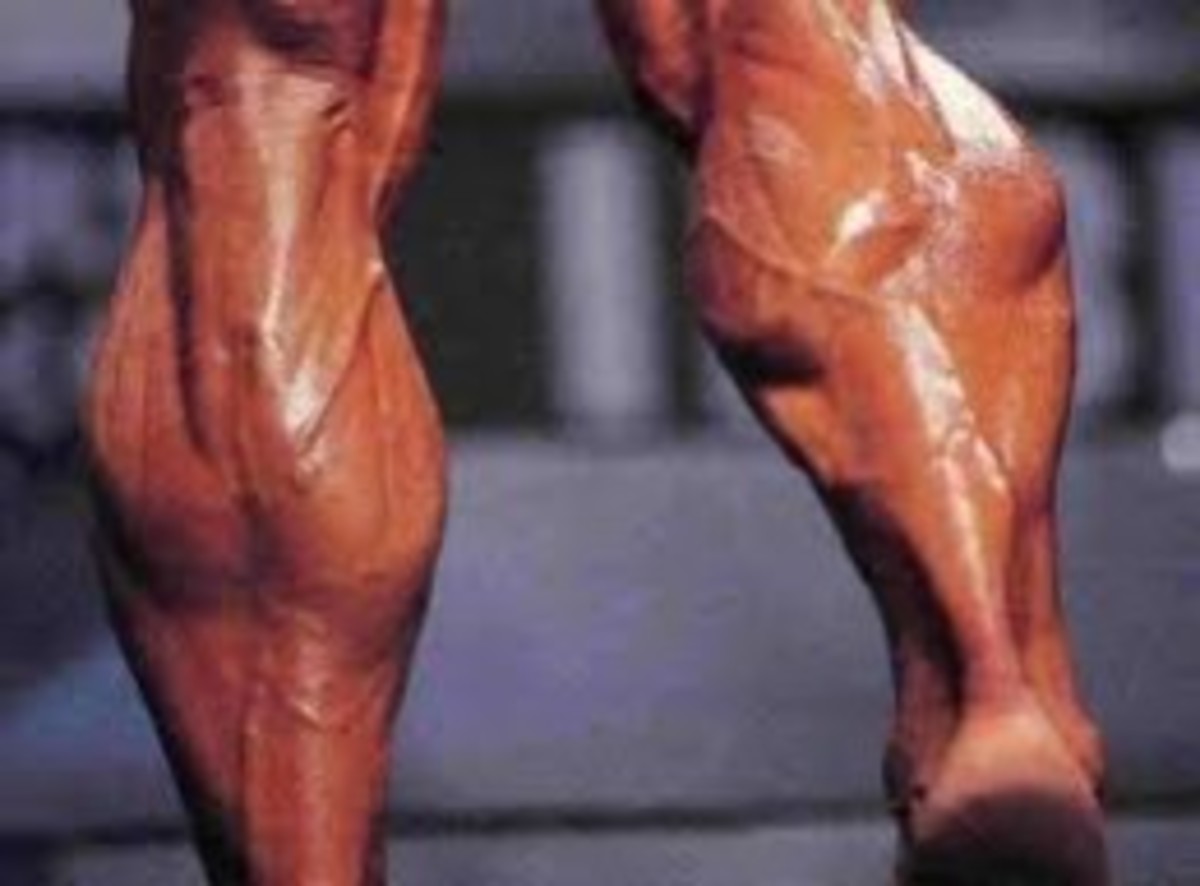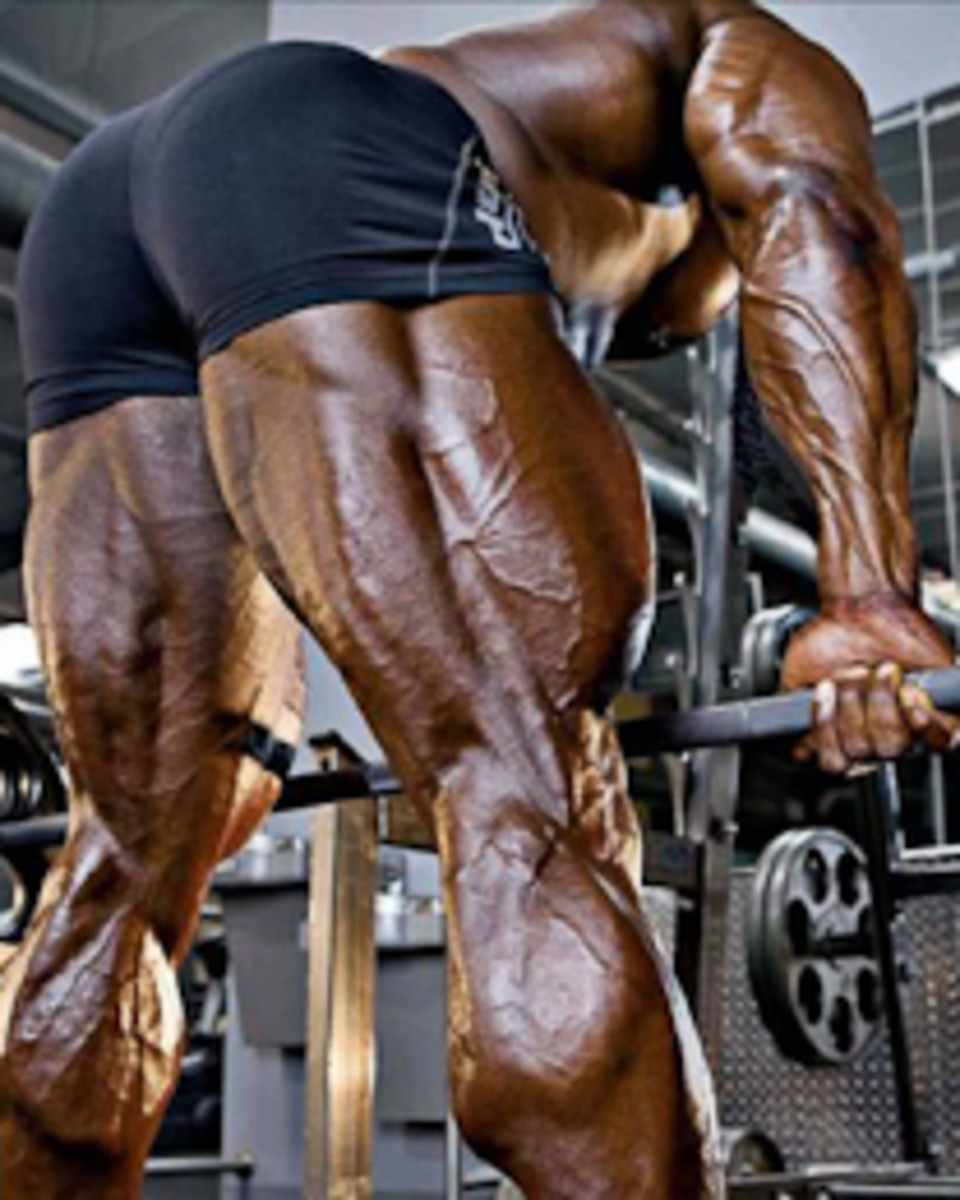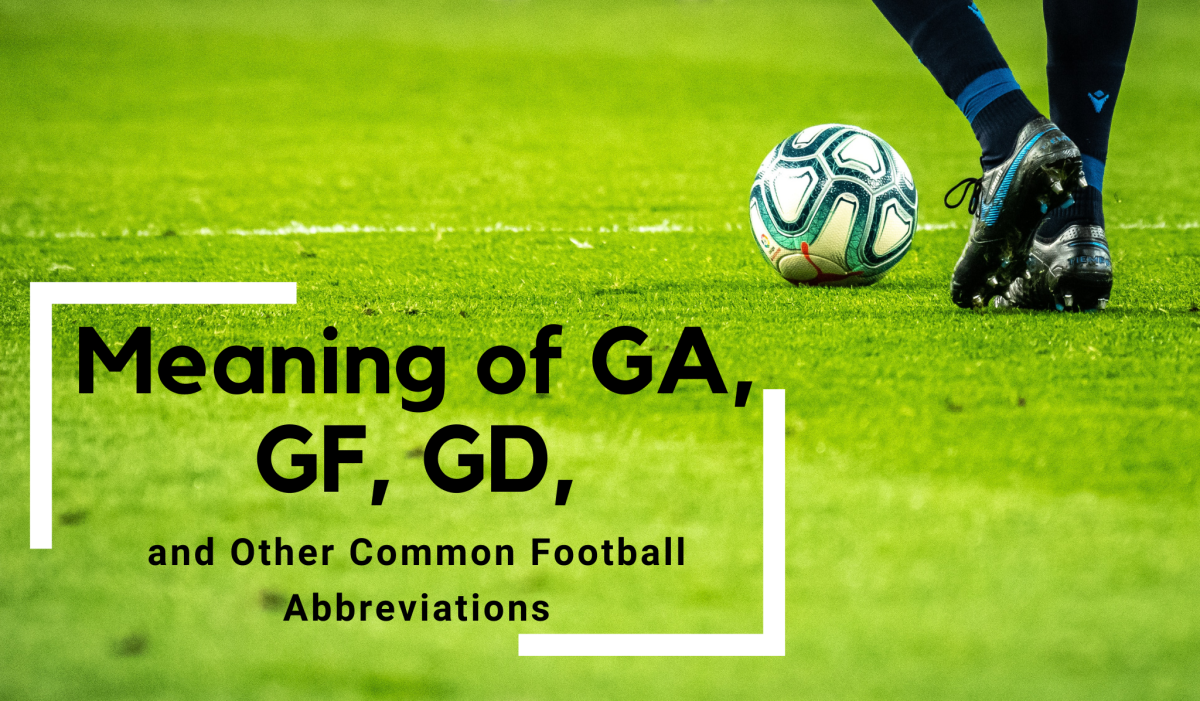Taking and using creatine

Introduction:
Over a number of years I’ve done a fair amount of research into creatine. I’ve also used it to improve my results in the gym and my sports performance. So that no one reading this is under any illusions – creatine is not magical; it only works when combined with a liberal dose of exercise. However if you willing to do your part and exercise, you should read on.
I’ve attempted to keep this fairly straight and to the point, without too much Latin.
Basics:
Creatine is a compound naturally produced in our bodies and helps supply energy to all cells in our bodies, especially muscles. It’s produced in the liver, pancreas and kidneys and also naturally occurs in some foods, primarily meat and fish. However the cooking process destroys much of the creatine in food.
Once creatine reaches the muscles, it is converted into phosphocreatine (creatine phosphate). This is used to regenerate the muscles' ultimate energy source, ATP (adenosine triphosphate).
What does creatine do?
In short, when you workout, your ATP levels drop rapidly and creatine is responsible for restoring ATP levels. By increasing the levels of creatine stored in your body, you are able to push yourself for longer periods of time, with more energy. And post work-out it helps you recover more quickly. These two aspects help you increase muscle growth and size in a few ways:
Increased training performance
Creatine allows you to train longer and harder and squeeze out more reps. This helps increase the intensity of your training, which forces your body to adapt and grow.
Muscle volumization:
Muscle volumization is, in many ways, the most talked about effect and often the most quickly noticed. Creatine supplementation causes muscle cells to swell with water. This swelling leads to better muscle feel and in turn, encourages the cell to increase production of vital structural and enzymatic proteins. Simply put, not only does creatine enlarge a cell, but it also strengthens the cell. This volumization of muscle cells leads to an overall increase in lean muscle mass.
Boosts muscle growth and repair:
Working as an antioxidant, creatine helps remove harmful free radicals, strengthening muscle cell membranes, and allowing muscle cells to repair and grow more efficiently. Creatine also helps buffer muscle acidity, and without proper PH balance, a muscle will fatigue more easily.
Types:
There are a number of different types of creatine on the market, but the main ones are:
Creatine Monohydrate
Creatine Monohydrate is the most common form of creatine on the market. This is basically creatine bound with water and is about 88% creatine. The majority of studies and research have been conducted using creatine monohydrate.
Creatine Phosphate
In order for creatine to be effective it needs to bond with a phosphate group and become Creatine Phosphate. This would imply that using Creatine Phosphate would be better than taking Creatine Monohydrate, however taking a creatine phosphate supplement has never been shown to be more effective than just taking creatine monohydrate. Creatine Phosphate has only 62% creatine and 38% phosphate. In addition, creatine phosphate is more expensive than creatine monohydrate.
Creatine Citrate
Creatine Citrate became popular because it is more water soluble than other forms of creatine and as such dissolves better when you mix it up. The problem is that Creatine Citrate has only 40% creatine and is more expensive than Creatine Monohydrate.
Forms:
Creatine monohydrate also comes in a few different forms:
Creatine Powder:
This is by far the most popular form of creatine supplements. Most modern creatine powder will be "micronized creatine powder". This is just very finely ground creatine powder that dissolves better in liquid.
Creatine Liquid or Serum:
You can also take creatine in liquid or serum form. In theory, liquid creatine is a more effective delivery mechanism and as more creatine is absorbed you can take less creatine in liquid form and still get the same results. However liquid creatine is it is very hard to make - if creatine is just mixed in a liquid it starts to breakdown after about 20 minutes. So, to make liquid creatine effective the creatine must be stabilized.
Creatine Pills:
Creatine pills are really just the same way as the powder. While they’re easier to take because you don't have to mix up anything, it’s very hard to vary the dosage.
Effervescent Creatine:
This is the stuff fizzes when you drop it into a glass of water. In the end it works on the same principle as the liquid - trying to increase absorption rates. There have been some preliminary studies that show that effervescent powder may be an effective delivery mechanism. The down side is that they come in pre-measured individual packets - so it is very hard to vary the dosage.
In terms of the best form of creatine to use, micronized powder is the most popular by far and allows for easier modification of doses. Your budget may also impact the decision as liquid and effervescent creatine generally cost more. The most important thing is to get a high quality product which suits you.
Doses and how to take it:
Creatine is usually taken in doses of 5 grams of powder mixed with about 300-500ml of juice. Also, remember any excess creatine will be expelled as waste - so using too much will literally be putting it down the toilet.
There are two schools of thought – one uses a loading phase followed by a maintenance phase and wash out phase while the other just uses a steady dose of 2-5 grams from day 1 of the cycle.
Using an initial loading phase, followed by a maintenance phase is a common way to start a creatine cycle. The loading phase is usually 5 days of taking 20 - 30 grams of creatine per day. It’s recommended to take these over 3-4 doses per day, not all at once. (To calculate this loading phase dose, multiply your body weight in kilograms by 0.3 to give ideal grams per day)
Loading Phase:
During the loading phase, it is very important to eat lots of carbohydrates because this will help you to utilize most of the creatine that you eat; otherwise much of the creatine will just be wasted and expelled out during excretion and urine.
Maintenance Phase:
The maintenance dose of 2 - 5 grams of creatine per day is recommended for maintaining the level of saturation within the muscles. The maintenance dosage is just needed to replace the amount of creatine that has degraded during the whole day.
Most doctors recommend that the maintenance phase should last for no more than 1 month. Normally, for most weight lifters after 1 month there are no extra benefits of taking creatine. After 1 month all the creatine you eat just goes to waste. The weight and muscle benefits which you have gained in that 1 month can be easily maintained through training. Many people do cycling i.e. they take creatine for 1 month, then go off for several months, and then again start taking it. As of now, nobody is sure for how long it is safe to take.
Wash Out Phase:
After the loading and maintenance phases are over, a wash out phase is recommended. The wash out phase is recommended so that your body recovers from the abnormally high creatine levels often associated with creatine supplementation. Most sport practitioners advise a wash out phase of 1 month.
Is the loading phase really necessary?
A loading phase is not necessarily required. You can just start with the maintenance phase, skipping the loading phase. But, if you want your muscle gain fast then we would surely suggest a loading phase. A loading phase helps muscles get saturated with creatine faster. Through the loading phase you will be able to get the results in just 2 weeks; otherwise with the maintenance phase alone you will get in 4 weeks. If you don't have any rush to gain muscle size then we recommend you start from maintenance phase only.
Side effects:
While creatine is considered safe, monitoring any changes in your health closely is recommended. The main side effects reported include:
Stomach problems:
This is normally an upset stomach, burning feeling or bloating. This was more of a problem with older, less finely ground creatine. If this occurs, consider taking your creatine at a different time of day or look at what you’re using to dilute your creatine in.
Cramps:
While muscle cramps have been reported, the main considerations if you get cramps are: a) are you drinking enough water? As creatine increases the uptake of water into your muscles you’ll need to increase your fluid intake to remain well hydrated (your kidneys will also thank you)
b) Is this caused by a loss of electrolytes or salts in the same way as ‘normal’ muscle cramps?
Headaches:
Again headaches are often caused by dehydration.
Joint swelling or pain:
This is sometimes caused by the increased strain your growing muscles put in the tendons and ligaments. This is likely to go away naturally as these joint and tendons strengthen to handle the increased muscle strength. But again monitor any changes and using glutamine also often helps.
Personally I also found for a while that my knees and ankles swelled a little, possibly from water retention, but this issue was not significant.
Other helpful info:
Taking creatine with a fruit juice is believed to help absorption into the muscles due to the insulin spike caused by the sugars in the juice. This is worth trying.
While there is no specific data regarding negative impacts of caffeine or alcohol on creatine, these will both dehydrate you and may interfere with the creatine, so it’s probably worth avoiding drinking both at the same time as your creatine.
Good times to take creatine appear to be first thing in the morning and/or after a workout. These times are fairly easy to remember as part of your normal routine and these times are also when your creatine levels are most likely to be depleted.
As your biggest gains are usually early in a cycle, it’s worth taking a break of at least a month between cycles. This also allows your body to keep producing creatine effectively during these break periods.
I hope this helps and happy exercising.








